No. Cats should not eat popsicles.
Popsicles contain sugars and artificial sweeteners which are very bad for your cat’s health and can cause diarrhea, vomiting and, if consumed regularly, obesity.
Popsicles can be water-based or milk-based. Adult cats are commonly lactose-intolerant, so if they eat a milk-based popsicle, they are likely to develop a variety of clinical signs, most of which concern the digestive tract.
Contents
Are Popsicles Bad For Cats?
The fact that they contain milk is one thing, but the truth is that two of the most dangerous ingredients in popsicles are, in fact, sugar and artificial sweeteners.
Artificial Sweeteners & Popsicles
While there haven’t been enough studies performed on how toxic xylitol can be for cats, very small amounts can hurt your feline friend’s health and even put her life at risk.
According to a 2018 study performed in Hungary and published in the Journal of Veterinary Pharmacology and Therapeutics, xylitol isn’t nearly as dangerous for cats as it is for dogs.
In dogs, it leads to their blood sugar dropping very fast, so pooches can easily slip into a coma and in record times, too.
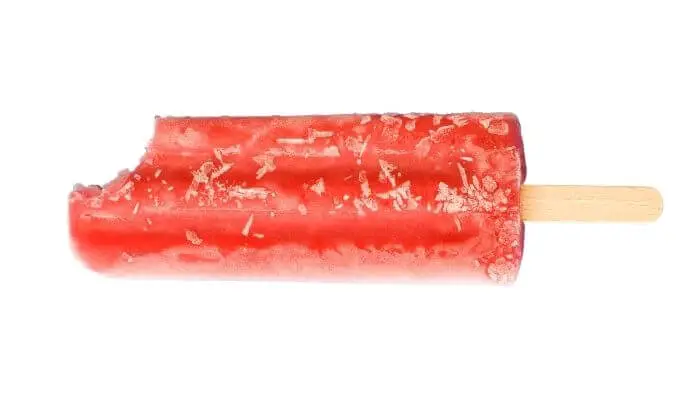
However the study analyzed only 6 cats, so it would be unfair to assume that this assumption applies to all cats.
As you probably know if you have been a cat owner for a while, different cats react differently to the same food or even to the same medication.
For this reason, you should avoid giving your cat any type of food that might contain artificial sweeteners.
Sugar In Popsicles
Sugar doesn’t give your cat any benefit besides adding to the total number of calories that your feline buddy should have on a day.
Besides, sweet things don’t even appeal to cats as their taste buds are often incapable of telling if a food is sweet or savoury.
Moreover, they usually like a certain type of food because of its consistency and meaty smell.
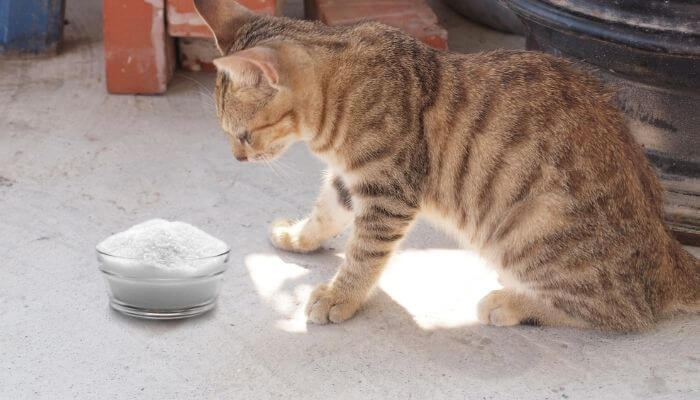
Cats are obligate carnivores, which means that they should have as few carb-rich foods in their diet as possible.
Sugar has no place in a cat’s diet, and it can also cause a variety of symptoms, from an upset stomach to a spike in blood sugar (which can lead to feline diabetes or a pancreatic disorder).
Ask a Vet
If you are concerned that your cat may have eaten a dangerous amount of popsicle we recommend you speak with a vet ASAP.
JustAnswer allows you to talk in real-time to veterinary experts for a small fee.
Do Cats Like Frozen Treats?
Some cats might like frozen treats, but others might show no interest in them whatsoever.
The reason for this is that frozen foods are just not as smelly as their non-frozen counterparts, so they are not as appealing as the second.
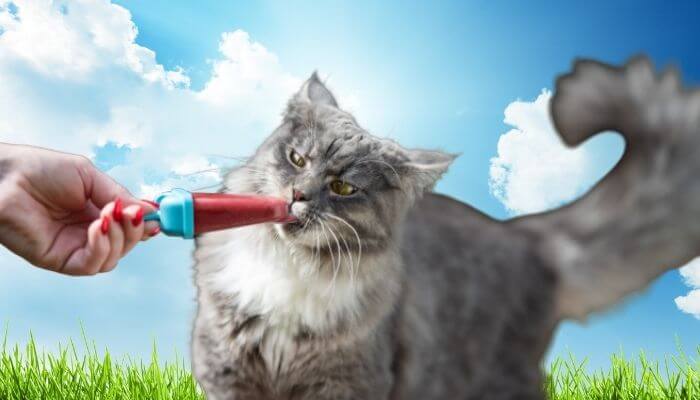
Some cats like to have ice cream every once in a while, which is another potentially unhealthy treat for our feline friends.
If your cat is also unfamiliar with frozen foods, she might feel inclined to give the treat a lick just to see if the taste is interesting or not.
But in most cases, cats do not enjoy frozen treats and might not do anything other than play with an ice cube or popsicle.
What About Other Frozen Foods?
Your feline friend is likely to show no interest in any other frozen foods, including ice cream.
While it might be true that some cats may enjoy the occasional bit of ice cream, it can be just as unsafe as a popsicle.
Ice cream has an interesting texture and seems somewhat frothy. Plus, it has a certain percentage of fat, which is what cats find extremely appealing.
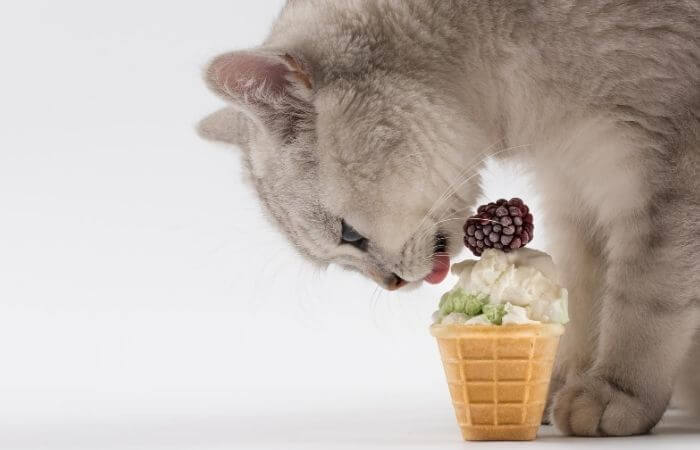
Unfortunately, ice cream is also rich in sugar and milk (or even cream), so it should not be fed to cats. However there are specially formulated ice creams for cats that are low in fat and sugar and are made of things that are good for your cat and that they will enjoy.
As for other types of frozen foods, you might have noticed that in the past couple of years, there is this trend of people feeding raw food to their pets.
Homemade raw food can sometimes be healthier than commercial varieties so long as you use the right ingredients and you are extremely hygienic while preparing the mixture.
You can freeze separate batches to feed to your cat, but you always have to defrost it before giving it to your feline companion.
While the thawing takes place, the food could develop bacterial growth, so it can put your pet’s health at risk.
Finally, almost no cat likes to be served food that has just been taken out of the refrigerator. Room temperature is best, and even slightly warmer – anything that could give them the impression they’re actually eating fresh prey instead of canned food.
Can Cats Get Brain Freeze?
Yes, they can. Not just people can get brain freeze, but so can cats and dogs, too.
Whenever a cat eats a frozen or very cold snack, she can get brain freeze for a couple of seconds.
Not convinced? Watch this video:
In humans, brain freeze is often perceived as pain, but there is no way to know whether our feline friends experience the same physical feelings as we do.
It is, however, quite likely that brain freeze in cats is very similar to brain freeze in people.
According to some veterinarians, brain freeze and subsequent nerve pain can occur more often in cats that have a history of dental pathologies, particularly those that have developed periodontal disease due to not having their teeth cleaned regularly and properly.
Making Your Own Frozen Cat Treats At Home
As tempting as it might be to test and see what human foods your cat might like, it is a good idea to stick to your vet’s advice and avoid giving your feline companion any human-grade food.
Cats are far more sensitive compared to dogs, so they have allergies and can develop complications from a number of ingredients.
But if your pet seems to be a huge aficionado of frozen food, you could try to make your own ‘catsicles’ at home.
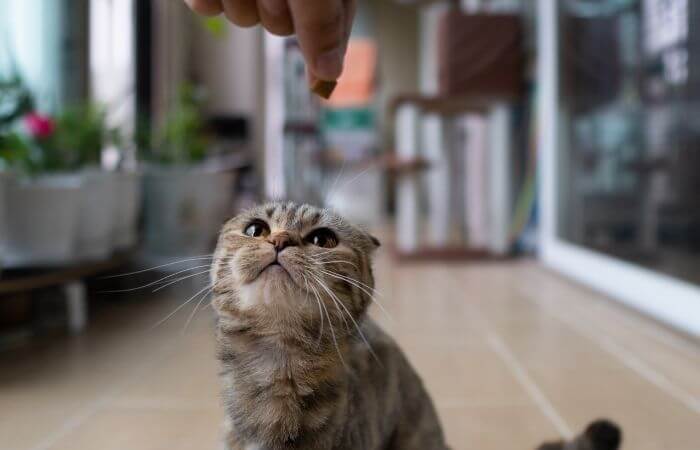
The first thing you are going to need is a set of moulds into which you can pour the mixture of the ingredients.
You also have to consider that not all cats have the same taste in food, which is why some might go for frozen tuna treats while others might enjoy something different.
The easiest way to make a so-called catsicle is to simply freeze your cat’s canned food. You might also want to try adding several bits of dry food to the concoction.
In this way, your cat is going to have to first lick the frozen part and then get to a hard and crunchy one – quite a nice surprise, don’t you think?
As tempting as it might be, avoid adding milk or any dairy products to your catsicles.
This includes plant-based milk as cats are not supposed to have almond or oat milk — they’re not genetically designed to have such products.
Summary
Even though there are many unhealthier foods that you can give your cat, a popsicle is not the healthiest treat of all.
Its sugar and milk content makes it dangerous, and if it’s sugar-free and contains artificial sweeteners, it might put your cat’s health and even life at significant risk.
Talk to your veterinarian about what human foods you are allowed to give to your cat.
Keep in mind that most of the grain-free commercial cat food varieties nowadays are perfectly safe and nutritious, so there’s no need for you to add anything else to your cat’s diet.
As an Amazon Associate I may earn a small fee from qualifying purchases at no extra cost to you. This helps us run the site, so thanks for your support!

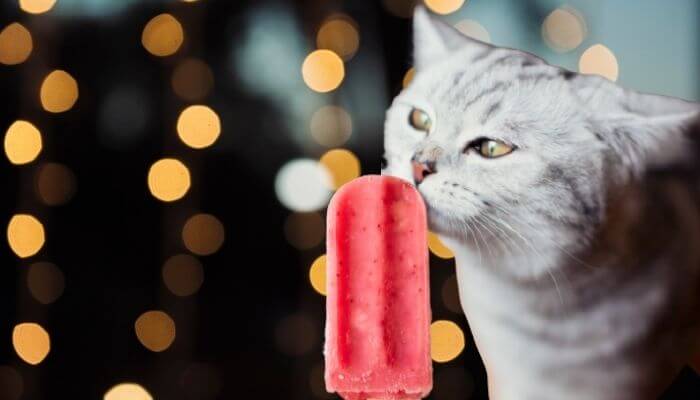
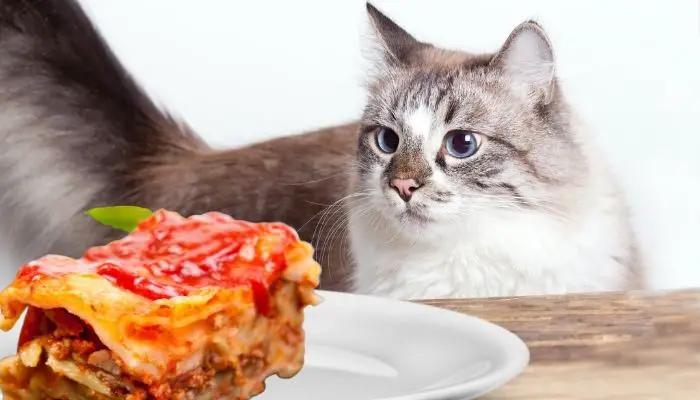
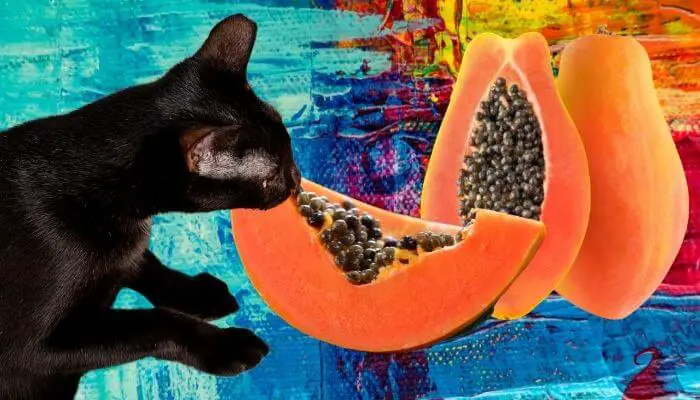
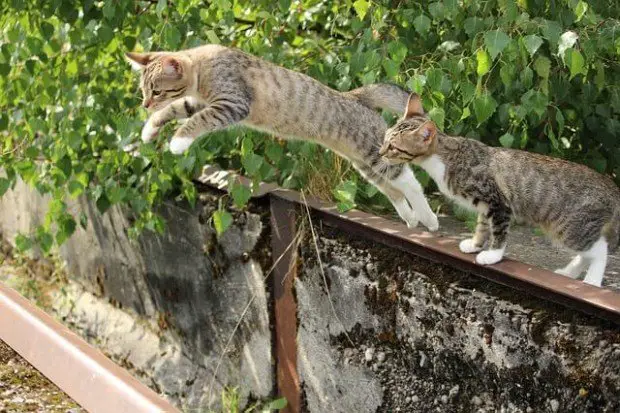
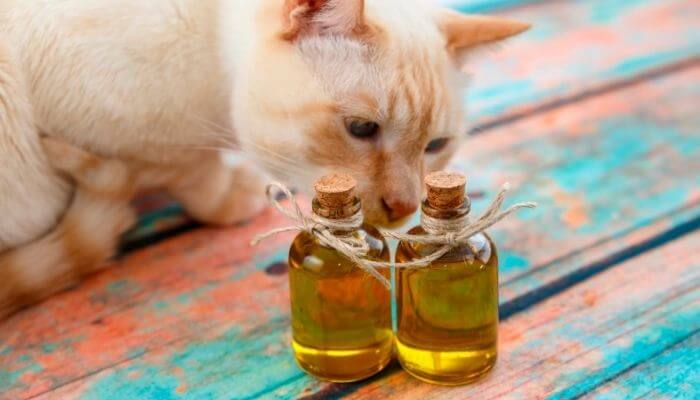
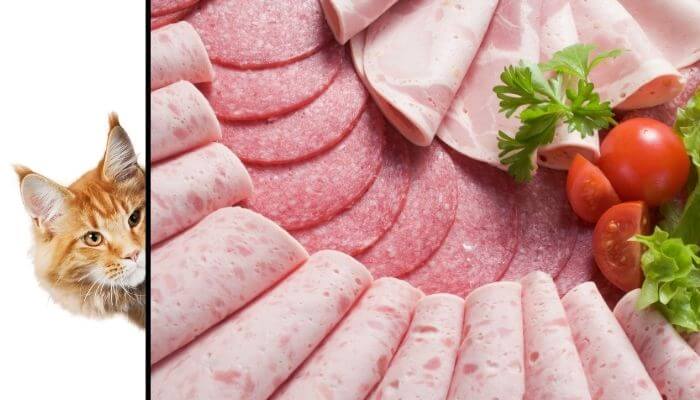

Leave a Comment